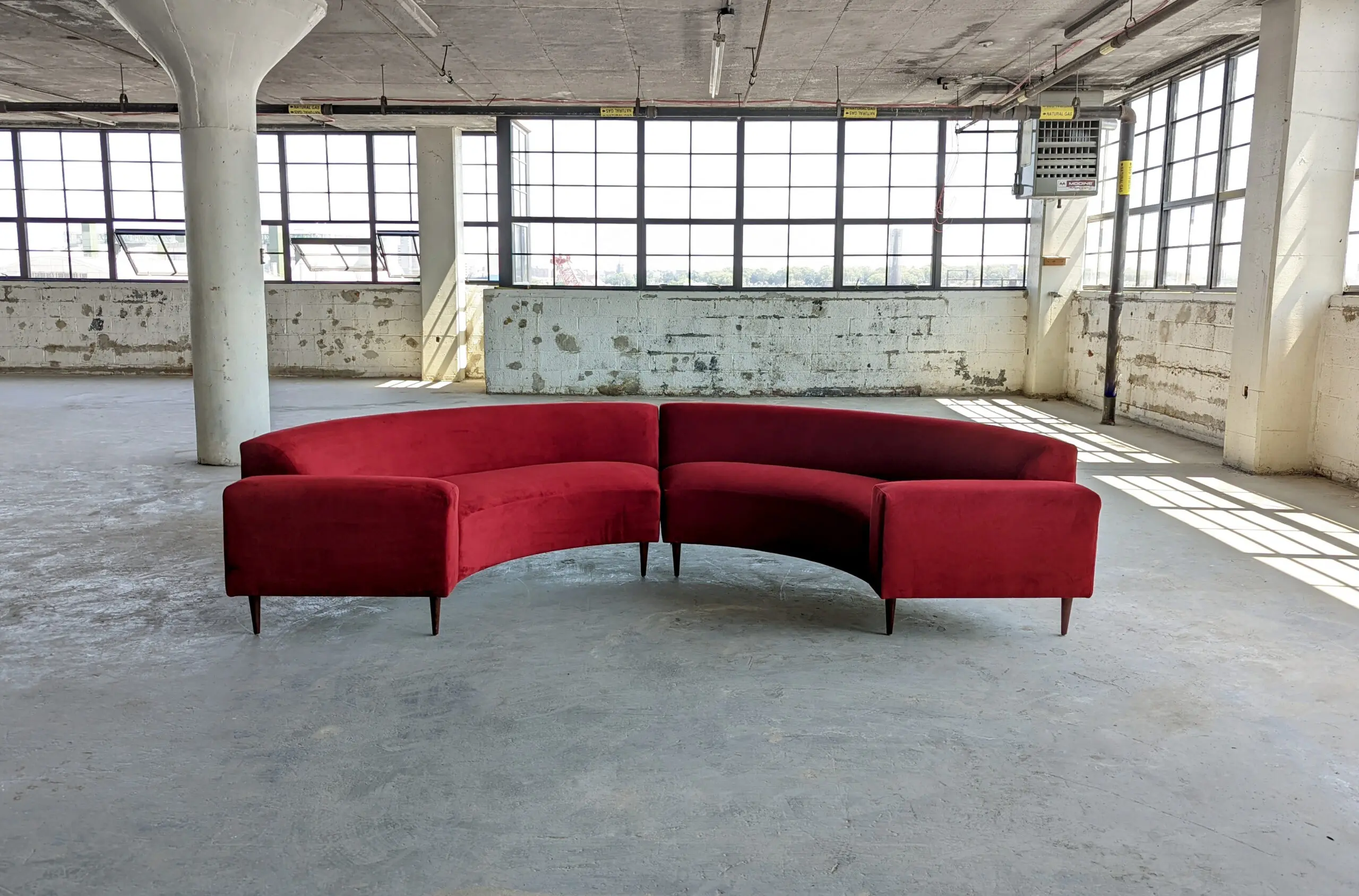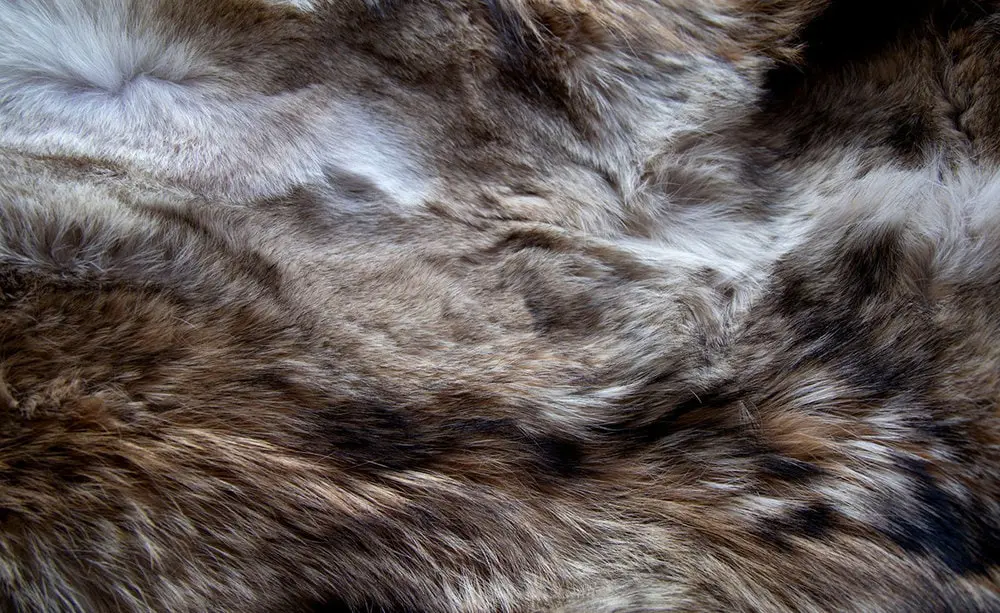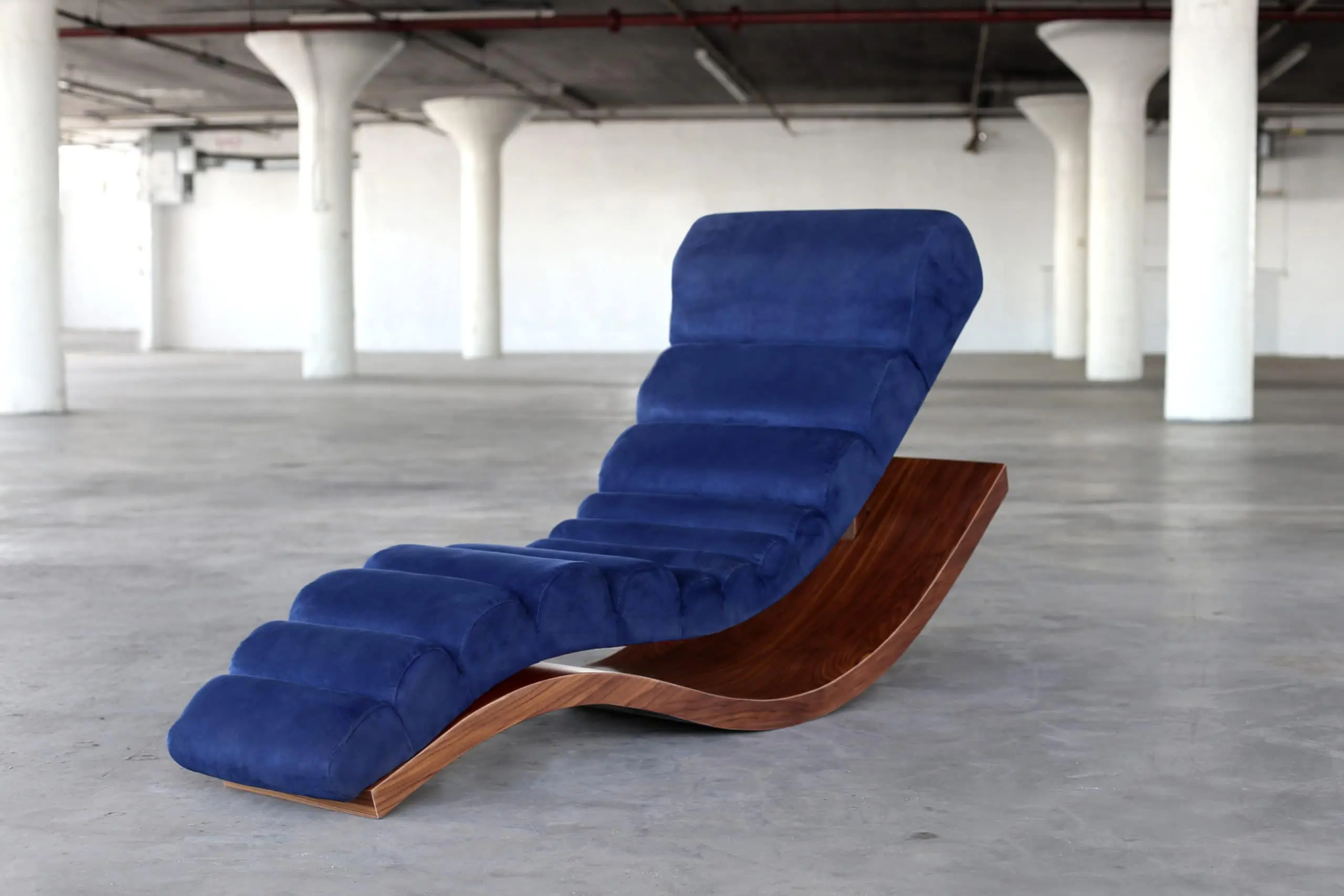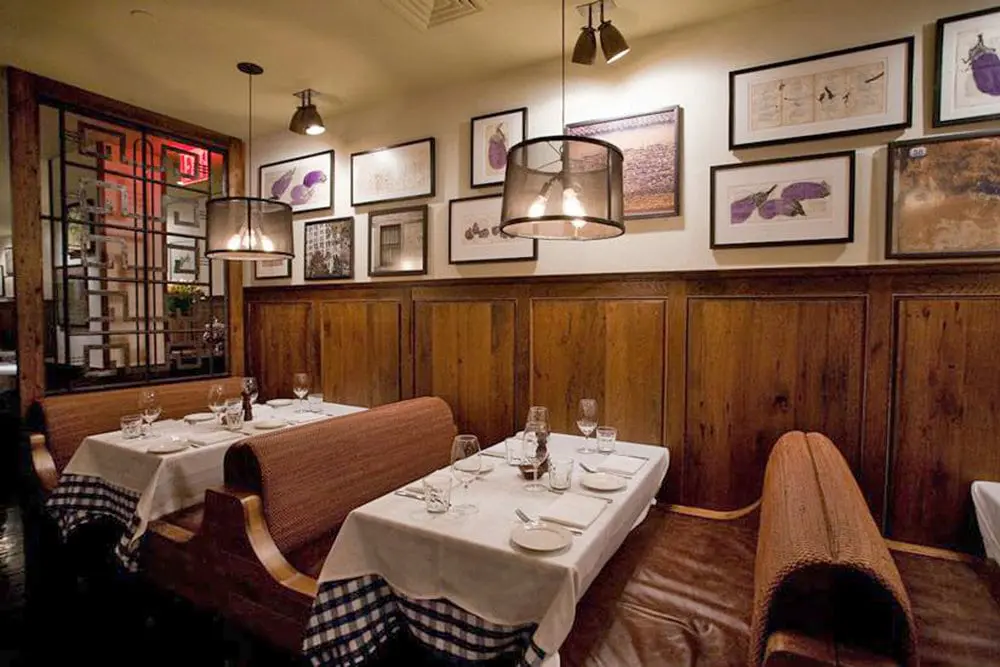From the luxury residence to the upscale venue, the material for upholstered furniture is a huge differentiator of quality and sophisticated taste. Understanding the nuance will help you navigate purchase decisions, by underlying the technical characteristics associated with a range of fabrics and fillings. The best sofa materials transcend visual design, by elevating the merely aesthetic to a new standard of comfort, durability, and style. This article provides a brief overview of material selection, highlighting the interplay between ergonomics and design in bespoke sofas.
Sofa materials for high-end furniture
The concept of luxury furniture extends beyond visual appeal. At SENTIENT, we associate it with superior quality, craftsmanship, comfort, and durability. In our dictionary, it is a superlative umbrella term that is indicative of high standards, on which furniture design and manufacturing must rely.
But to discuss the functional and aesthetic aspects, and indeed the longevity of high-end furniture, we’d be remiss not to focus extensively on different types of sofa materials and their specifications. Luxury sofas rely on a range of solid hardwoods and top-grade leather, as well as other natural or synthetic materials that offer exceptional durability and seat comfort. Combining them skillfully is the secret behind creating bespoke models, based on classic or contemporary design ideas.
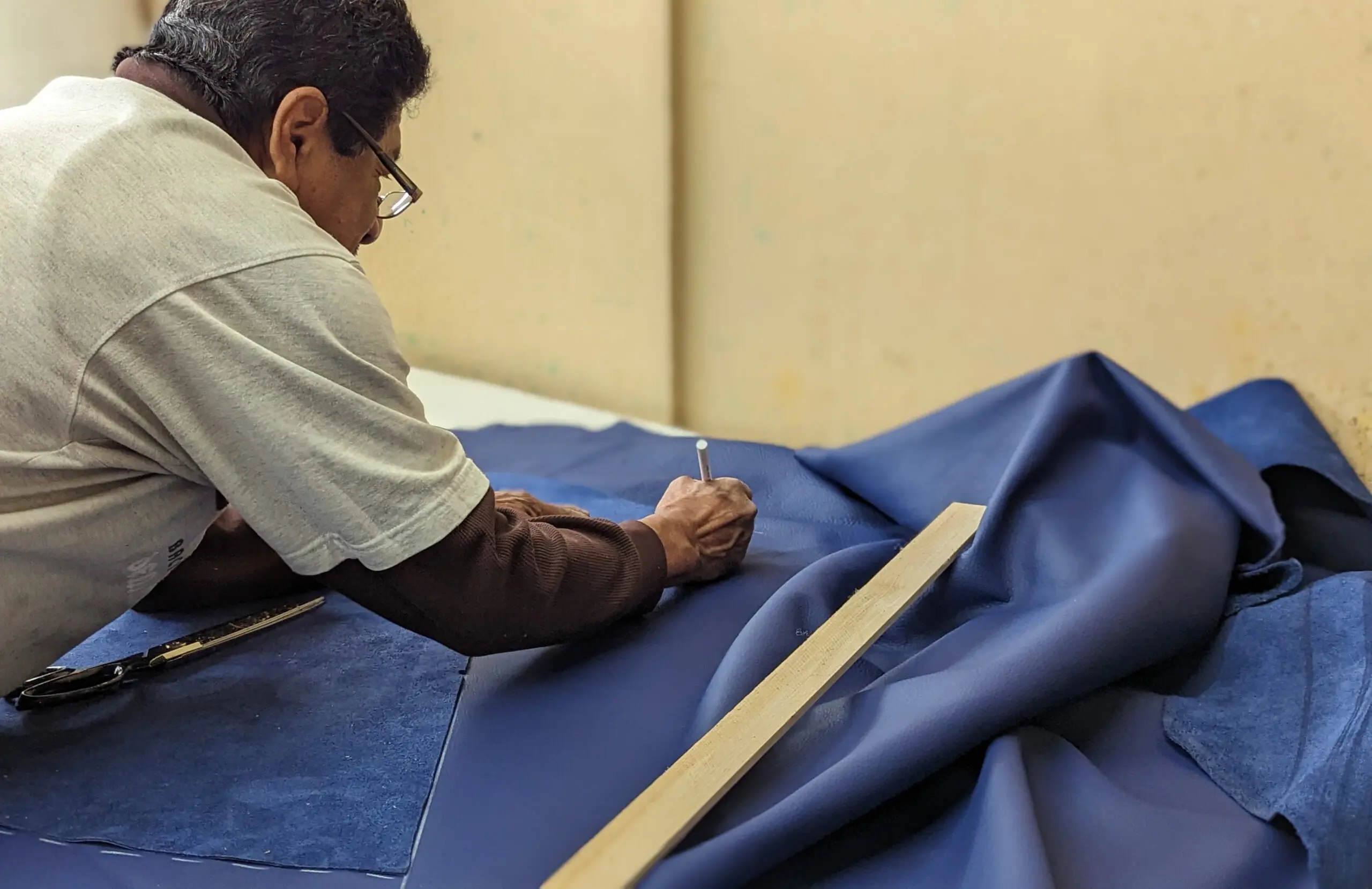
Different types of sofa materials
The upholstery of the custom sofa is the most prominent section. It is the only visible material and the largest contact surface that is directly subjected to wear and tear. When talking about types of sofa materials, we can certainly start with fabric – a broad category generally split between natural and synthetic models, each with a unique set of characteristics.
Natural upholstery fabrics
The natural collection is praised for its aesthetic élan and comfort. From this category, the best sofa materials include leather, cotton, wool, linen, silk, and chenille. These fabrics are usually associated with high-quality statement items.
Leather sofa materials
Leather offers timeless elegance and durability through several options. We work with many varieties such as full grain, bonded leather, split grain, and top grain, balancing between durability, ease of maintenance, design, and budget.
What is so alluring about leather is its strength, which makes for an excellent choice for heavy-use furniture. It is also breathable, adjusting easily to temperature differences, offering year-round comfort. Even with maintenance aside, leather sofas are more resistant to direct sun exposure and heat, and would look better with age as they develop a unique patina. It is no coincidence that this material is associated with luxury furniture, and has a corresponding appreciation.
Cotton and silk
Cotton, on the other hand, is well-loved for its comfort and softness, providing excellent breathability. It is reasonably durable, but quite easily stained and wrinkled, making it somewhat problematic for high-traffic areas or households with children and pets.
Similarly, silk is a very opulent material, and it is quite a delicate fabric. However, this lustrous and soft option has similar drawbacks. Easily damaged by sunlight and moisture, its primary use is in formal, low-traffic areas.
Linen for the upscale sofa
This classic choice of upholstery is favored for its elegant and refined appearance. Exceptionally durable, it is one of the strongest natural fibers derived from the flax plant. The linen material is ideal for warmer climates, as it provides a cool and smooth surface, which is also hypoallergenic and affordable. The drawbacks are similar to that of cotton and silk, as it soils easily, and has a propensity for wrinkles.
Durable organic wool
As a unique blend of comfort, longevity, and warmth, woolen sofas are much more durable, stain resistant, and intricately textured. Wool fabrics offer elasticity and natural crimp, which allow the surface to retain its shape without sagging. Absorbing moisture and releasing it gradually, wool is a much more suitable option for humid environments.
For comparison, cotton fibers can bend back on themselves about 3000 times, whereas wool fibers can bend more than 20,000 times without breaking. It is worth mentioning that most of these technical characteristics are dependent on the choice of wool, so it is vital to work with 100% natural materials.
Wool fabrics come in many variations, some of which are of exceptional stylistic value. Our popular long wool sofa, made from Icelandic wool, is a testament to the aesthetic savoir-faire of this fine material, which offers extraordinary characteristics.
Synthetic upholstery fabrics
The synthetic fabric collection is designed to mimic the properties of natural materials, often improving upon their durability and ease of maintenance. But this doesn’t come without tradeoffs. The most widely used synthetic materials include acrylic, faux leather, and microfiber, among a sea of others.
It is worth mentioning that while these materials provide excellent functional characteristics, they lack the same upscale appeal as some of the natural fabrics. Most of these are not breathable and tend to retain heat, which becomes problematic in indoor areas or warmer climates. That’s a conscious tradeoff that some venues have to make, to improve upon weather resistance, ease of maintenance, and durability. Many restaurants, for example, might prefer microfiber as it is relatively easy to clean, or acrylic, which fares exceptionally well in outdoor lounge areas.
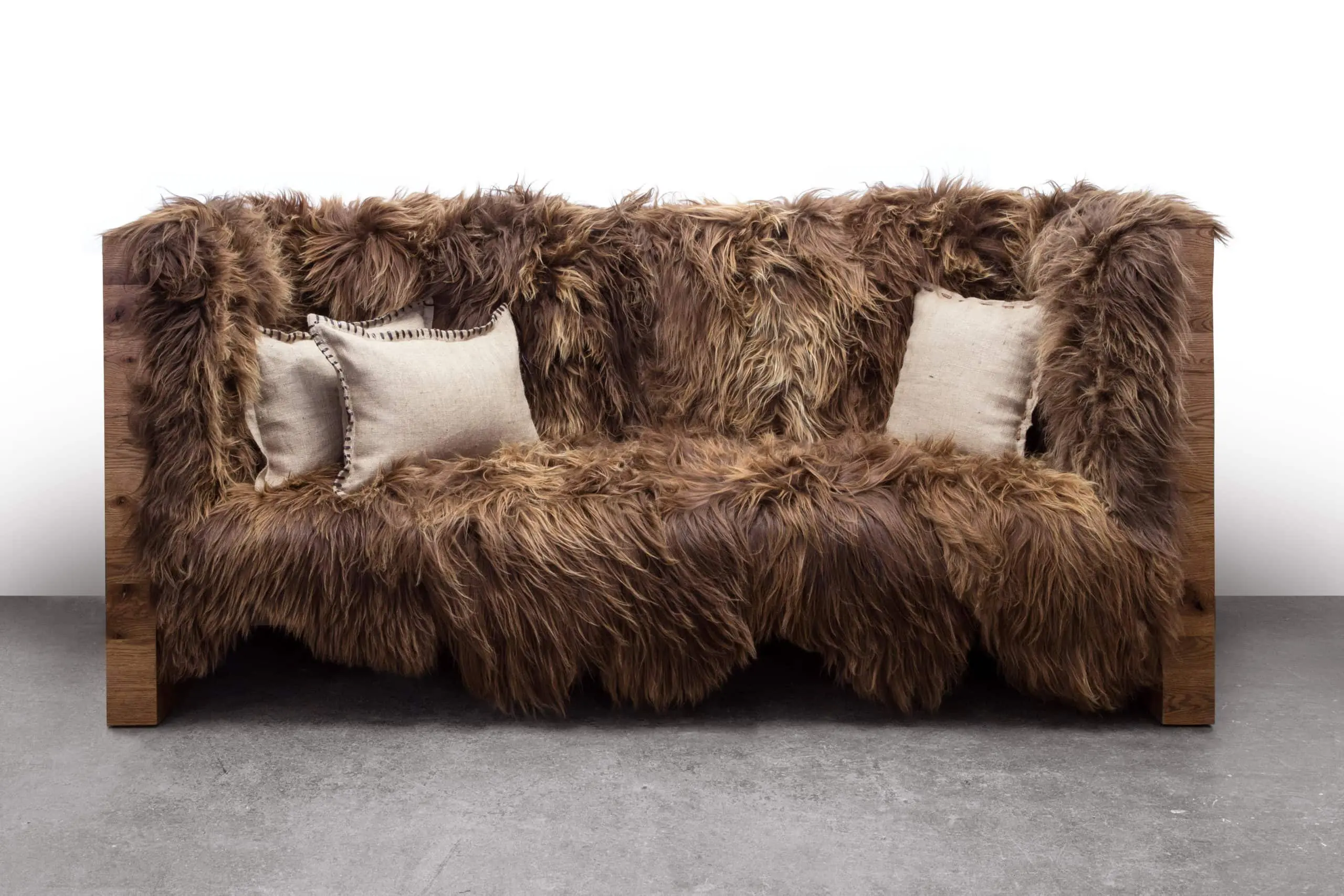
The environmental impact of sofa materials
With raised awareness of our collective environmental footprint, sustainability is becoming an increasingly important consideration. SENTIENT prides itself on the ongoing effort to stay at the forefront of eco-friendly furniture, by using renewable sources and minimizing resource expenditure through a sophisticated manufacturing process. These imperatives reinforce our conviction for designing eco-friendly hospitality furniture and residential items at scale, while maintaining the standard of quality that is synonymous with the New York design scene.
Natural versus synthetic upholstery fabrics
Natural upholstery materials for sofa furniture are much more renewable and biodegradable. But important distinctions can be made within the category. Organic cotton, for example, grows without fertilizers and pesticides, even though its cultivation involves significant use of water. As such it is preferable to its widely commercialized counterpart.
Other materials recognize similar nuance. Leather is a by-product of the meat industry, and an excellent way to minimize waste, though the process of tanning can involve heavy metals and toxic substances. Inquiring about the supplier and their process of working with this material can introduce a lot of areas for exploration, so it is important to consider specifics before opting for an alternative.
For silk, it is crucial to minimize habitat destruction and methane emissions, through a responsible and renewable production process. Linen, on the other hand, is exceptionally sustainable. It requires less water, biodegrades, and is very easy to recycle.
The synthetic fabrics are petroleum-based, and thus non-renewable. Their production contributes to greenhouse gas emissions, leaving behind waste that doesn’t biodegrade. But the environmental impact equation admits nuance, as most synthetic fabrics provide exceptional durability, and dramatically reduce the need for furniture replacement.
We would advise most sofa designers and manufacturers to opt for natural, organic materials. These are the golden standard for eco-friendly furniture, followed by recycled synthetics. Certifications are also useful, such as the Global Organic Textile Standard for organic fibers, LWG for leather, and multiple wood certifications to ensure that frames come from sustainable and renewable sources.
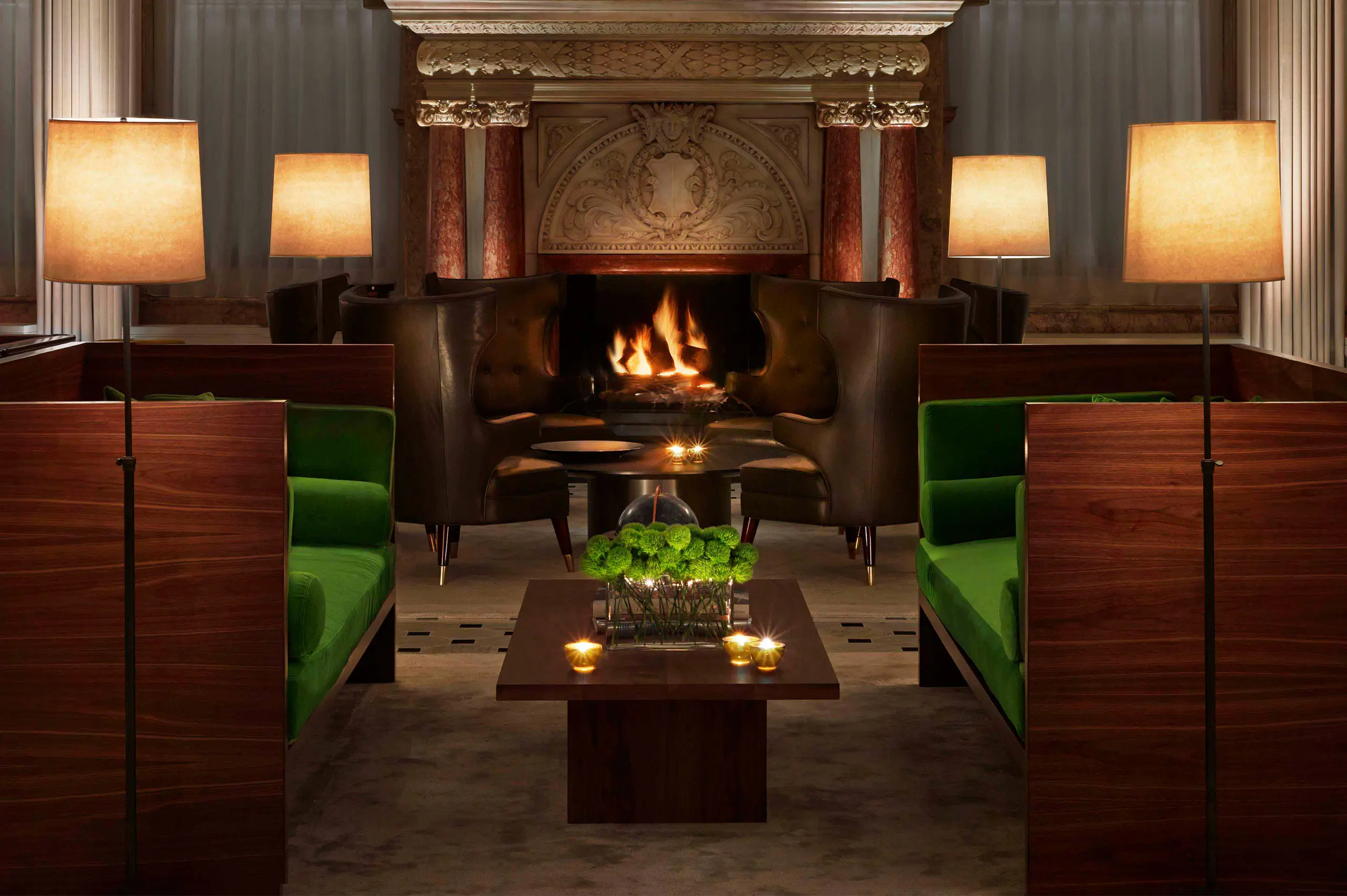
Framing options for the custom sofa
As we dive into the world of high-end sofas, it is important to consider the specifications of other materials beyond upholstery fabrics. Framing, cushion fillings, springs, and stitching, can easily dictate comfort, retention of shape, and overall durability.
The frame, for example, represents the skeleton of the sofa, determining its shape, strength, and longevity. We use different options to create custom models, ranging from a selection of hardwoods to sturdy metals.
Hardwood frames are ideal for luxury models, and the best options include kiln-dried oak, beech, maple, walnut, or ash. These frames are resistant to wrapping and can last for many decades. SENTIENT works with premium wood species that provide a gorgeous grain pattern, and are relatively easy to cut, sand, or polish into any shape and final sheen.
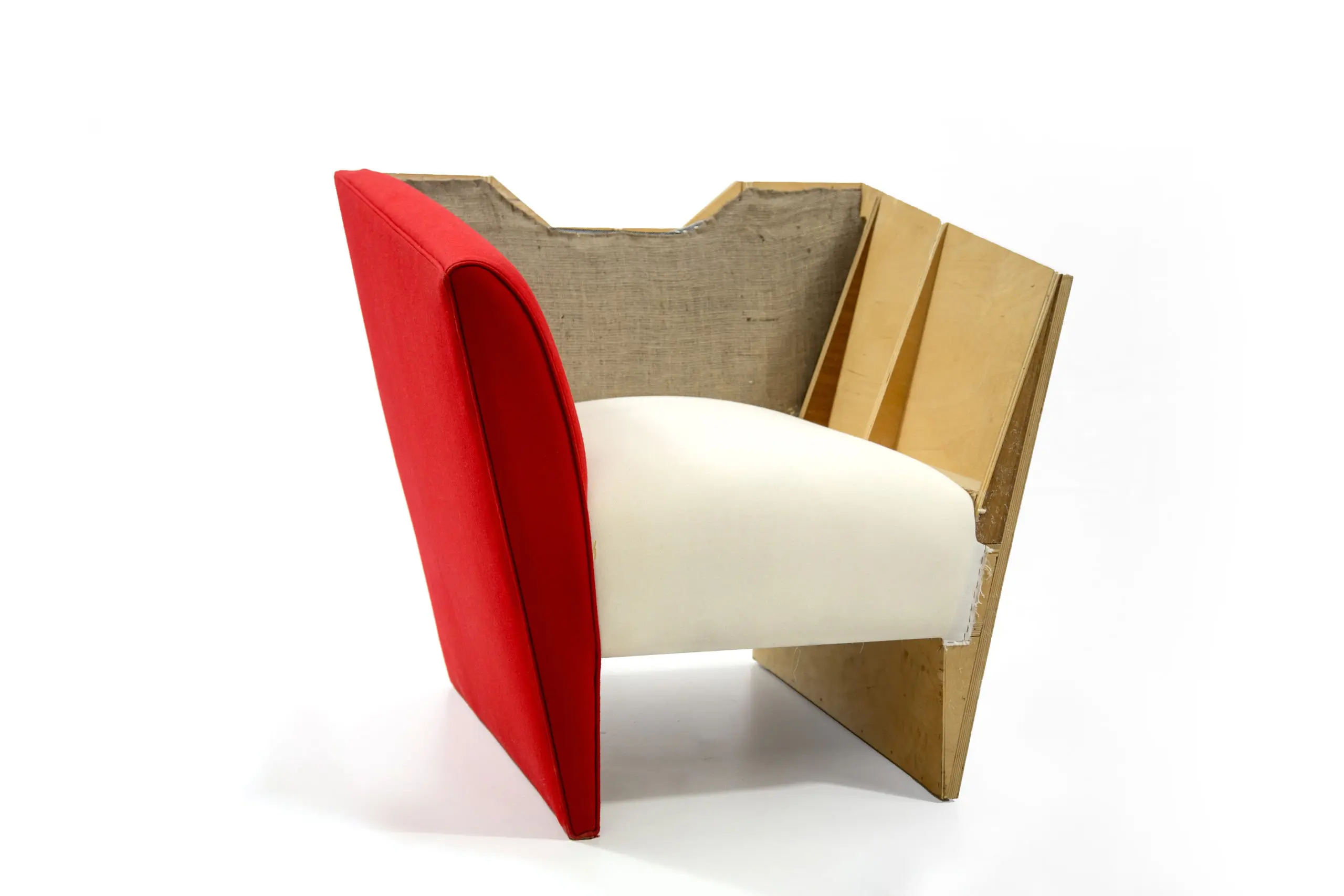
Cushion filling options for the modern sofa
Between foam, feather, and fiber, sofas can provide a wide range of options relating to seat comfort. From thick and soft to thinner and dense, designers must understand ergonomic principles and consider use-case scenarios for their custom sofa models.
Foam comes in numerous varieties, the most common of which are HR (high-resilient) and memory. The first provides a firmer, more structured feel, whereas the second adapts to the body, offering excellent pressure relief. The downside of foam, when not integrated properly into the design of the sofa, is heat retention, which may be detrimental to user experience.
On the other hand, feather or down sofa cushions can provide a plush feel with excellent breathability but may require frequent fluffing or refilling to maintain their shape. Synthetic fibers are a more affordable option, with ease of maintenance, but these models might somewhat sacrifice the aesthetic appeal. Irrespective of the design, they may not have the same luxury feel.
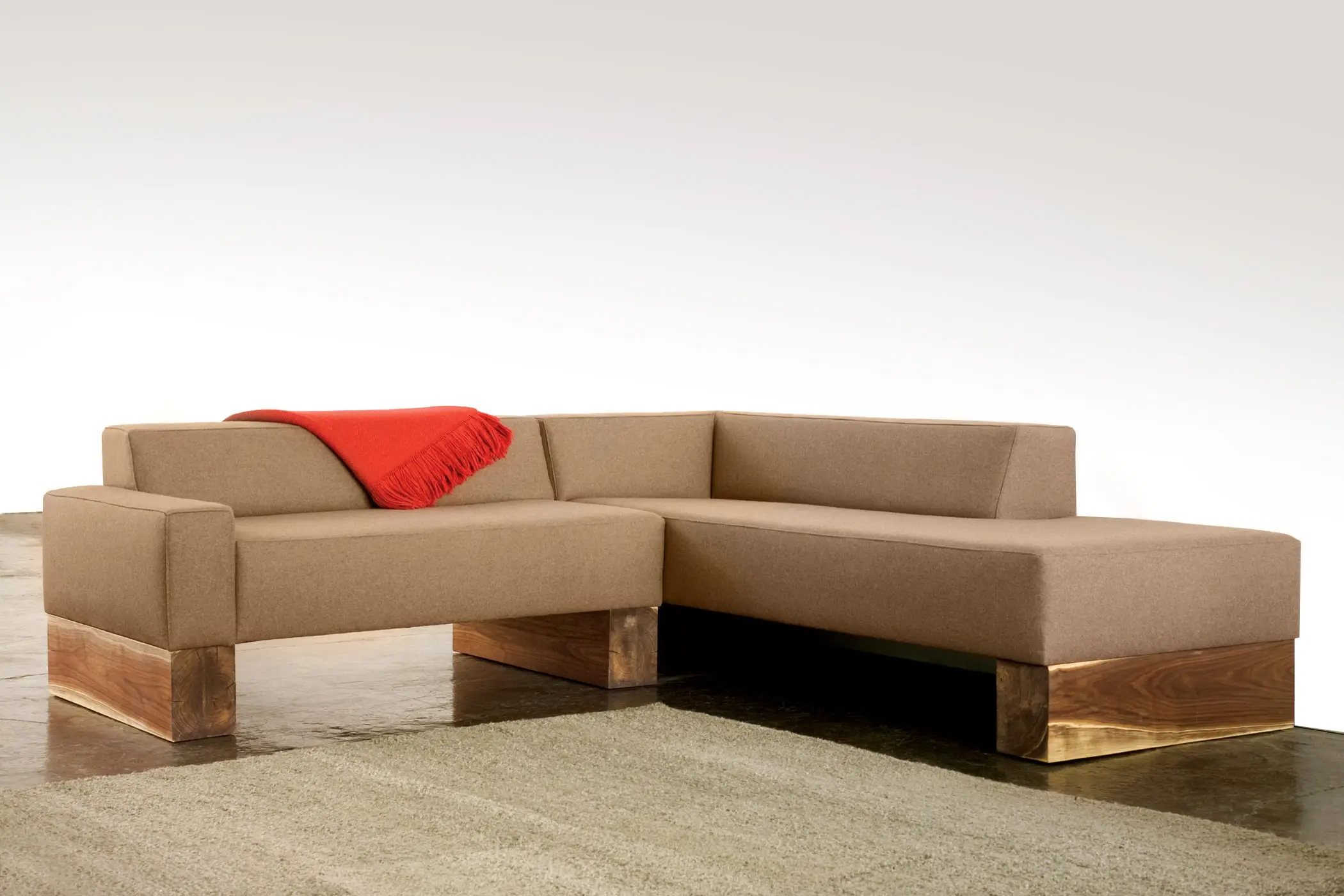
Spring system options for high-end furniture
Despite their properties, the upholstery and the sofa filling materials can easily disappoint if not paired with an adequate spring system. The traditional method involves an eight-way hand-tied solution, which provides exceptional comfort and durability. It is labor intensive, much more expensive, and excellent for many occasions.
Serpentine springs, on the other hand, are used when clients want to achieve a slim profile for their custom sofas, contemporary couch models, or banquette seating. Whenever manufacturers use these sinuous springs, it is good practice to employ as many clips as possible or even an additional metal wire that runs along the lower frame for uniform support and durability. When installed adequately, they require less space and provide excellent support relative to their thin profile.
Steel coil springs, on the other hand, are positioned carefully before being secured to the webbing of the frame using twine. The real hallmark of this system is the tying process, which relies on expert craftsmanship. When done properly, the weight is distributed evenly along the surface, leading to comfort and exceptional durability, across a wide range of padding options.
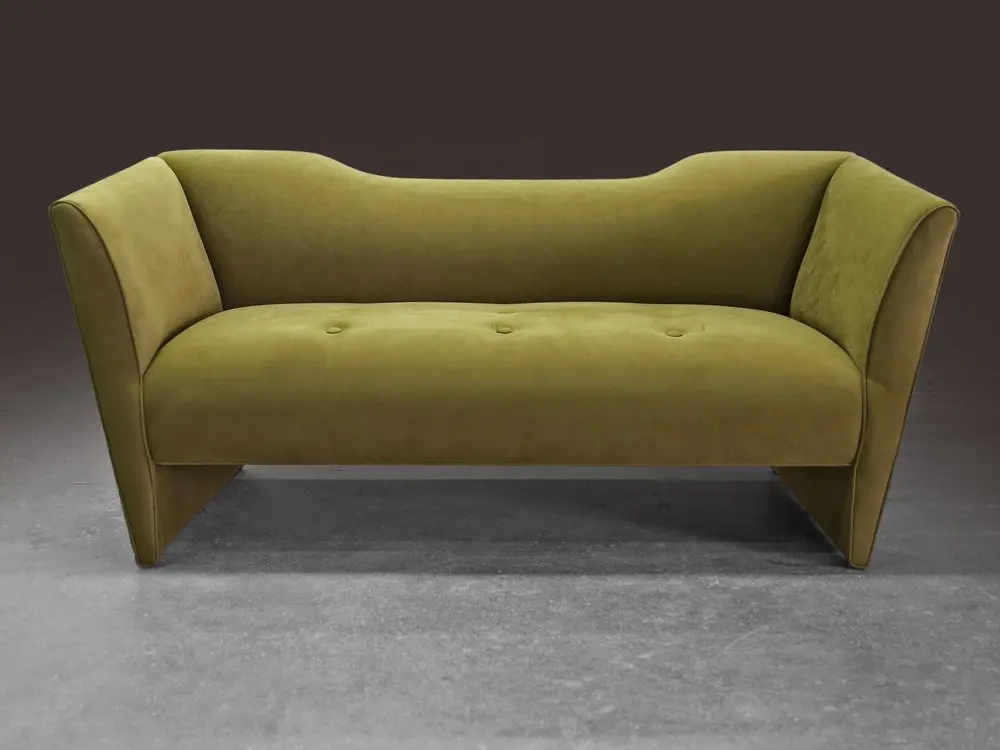
Choosing the right material for the custom sofa
Picking the perfect material combination for the custom sofa project requires careful consideration and expertise. Take for example high-traffic areas like commercial lobbies or restaurants, where the furniture needs to be durable, and sturdy enough to withstand continual daily use.
Luxury furniture, especially bespoke sofas, must offer much more than mere aesthetics. This is why we collaborate with independent architects and interior designers to iterate upon their designs with technical expertise, as we choose the right materials for the project. Each contract is unique, as we try to balance aesthetic finesse with the overall thematic concept of the venue and adjust the budget according to functional requirements, style, durability, and ease of maintenance.
Some projects can benefit from a combination of different types of sofa materials. It is not unusual to consider more durable fabrics for the seating surface and luxurious fabrics for the cushions and the armrest. Quality stitching is equally important and well-executed seams with double stitching or reinforced corners can greatly improve the overall durability.
Slips and covers can additionally increase the lifespan of the sofa, but these are more frequently used in the residential setting. Designed properly, they can contribute to the visual appeal as well, though we may argue that it is rare to find these in the luxury category, and within an upscale interior design environment. Nevertheless, sofa slips represent a rather affordable way to change the aesthetic appeal of custom upholstery, without expensive interventions. Covers are very practical for high traffic areas, as they minimize wear and tear. Easy to clean and maintain, these can radically prolong the lifespan of the original upholstery.
According to Miranda Silva and Zoë Sessums, choosing the right upholstery fabric is difficult as homeowners must prioritize accordingly, often at the expense of some practical or aesthetic preferences. Luxury fabrics, they write, can be readily used for the sofa cushions, and then replaced once they’ve seen better days. This is an excellent compromise between pragmatism and style.
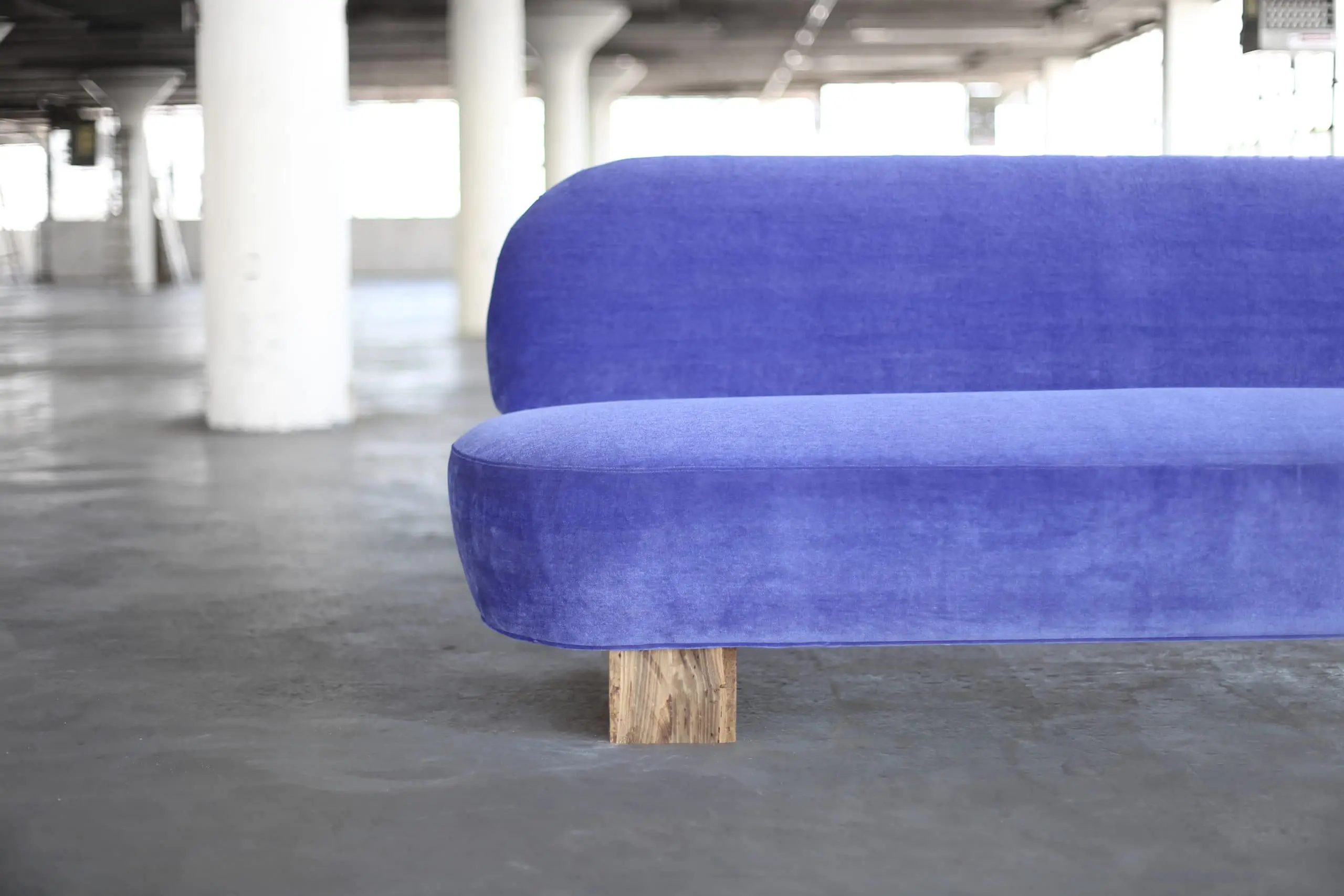
The interplay of sofa materials in commercial furniture design
Custom sofa upholstery design must integrate a wide selection of materials and creative ideas. Choosing the best sofa materials requires an understanding of the different properties of upholstery fabrics, and how they integrate into the overall pragmatic and aesthetic concept. It is vital to also recognize the importance of quality internal construction, from framing and springs to padding and stitching.
The commercial setting demands a harmonious interplay between durability, ease of maintenance, and visual appeal. We encourage venue owners to get in touch with experienced architects and furniture manufacturers who understand the dynamism of quality sofa materials and expert craftsmanship. Each project grants plenty of design and manufacturing leeway, allowing you to dictate everything from size and shape to texture, color, durability, and how easy the model is to clean and maintain. Visit our studio and gallery space at 276 Greenpoint Avenue, Brooklyn, NY, to discuss your project.

